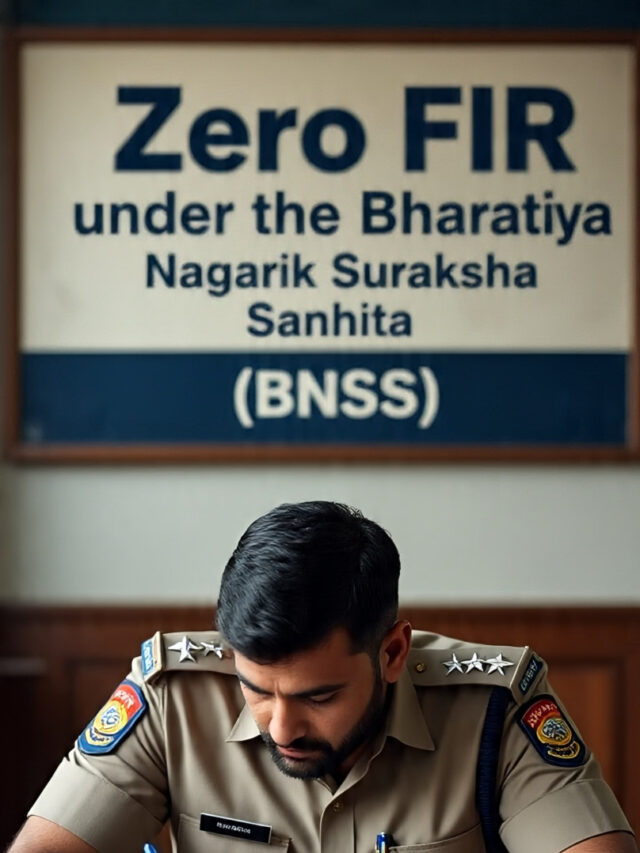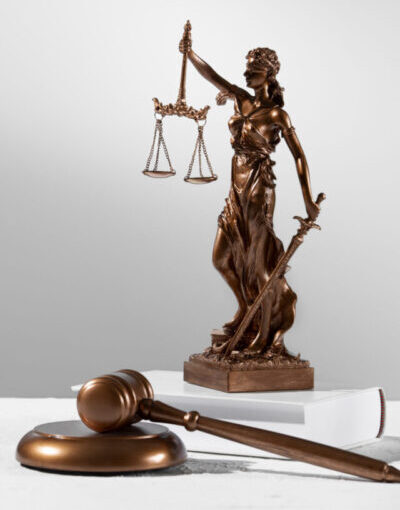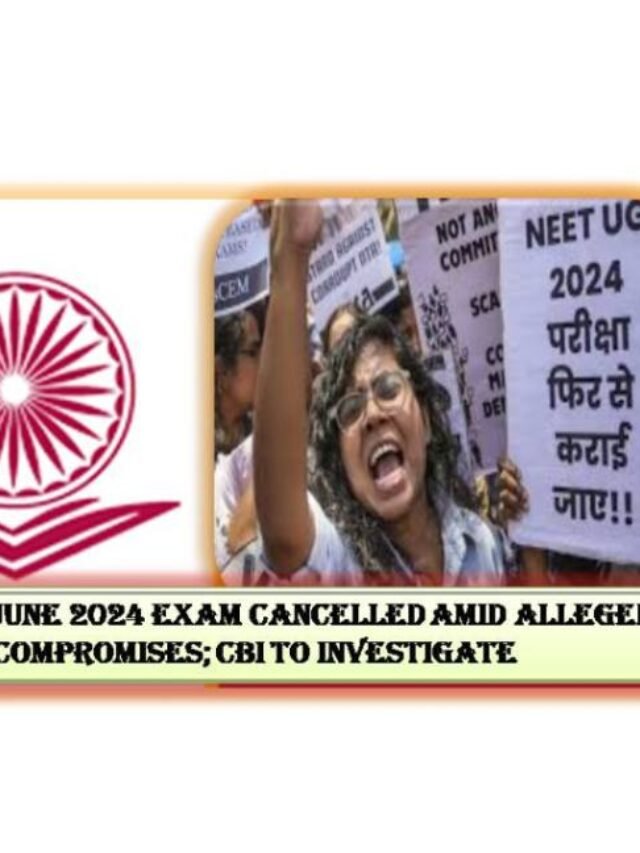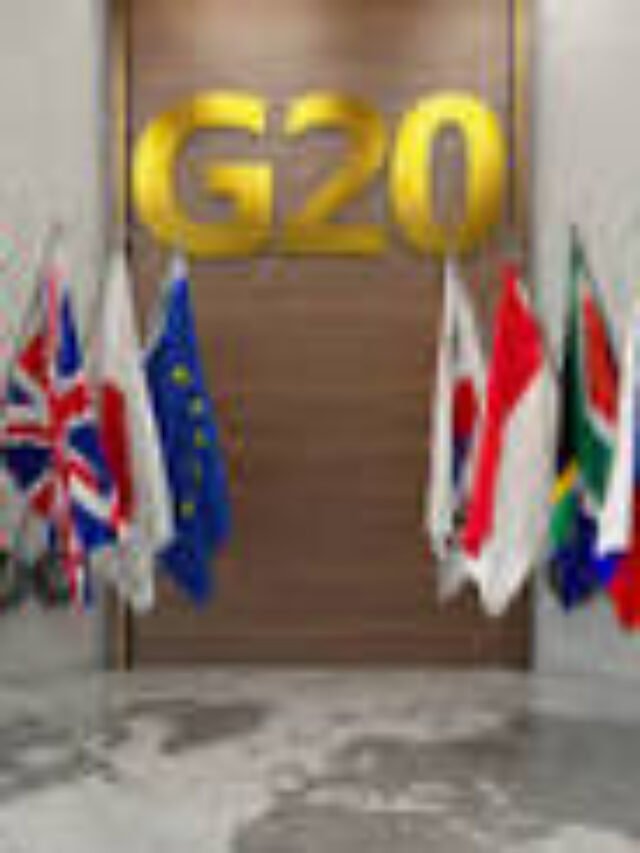Supreme Court Reserves Verdict on Challenges to Waqf (Amendment) Act, 2025
Introduction
A verdict has been reserved by the Supreme Court of India in response to a set of legal challenges brought against the constitutional legitimacy of the Waqf (Amendment) Act, 2025. The matter, presided over by Chief Justice BR Gavai and Justice AG Masih, raises profound questions on the intersection of religious rights, property law, and tribal protections. This legal analysis examines the major arguments, statutory context, and judicial observations from the hearings, providing a comprehensive view of this significant constitutional litigation.
Historical Context of Waqf Legislation
Waqf, an Islamic endowment of property to be held in trust and used for charitable or religious purposes, has been regulated by various legislations in India. Among the most significant legislative milestones are the Mussalman Waqf Act of 1923, the Waqf Act of 1954, and the Waqf Act of 1995. These legislations mandated varying degrees of registration and oversight. The 2025 amendment introduces significant changes, especially concerning the recognition of waqf properties, eligibility for waqf creation, and the treatment of waqf-by-user claims.
Procedural Background and Interim Relief
Arguments commenced on May 20, 2025, with petitioners challenging various provisions of the Amendment Act. The Centre responded on May 21. Solicitor General (SG) Tushar Mehta defended the amendments, particularly Section 3E, which bars the creation of waqfs over lands in Scheduled Areas, citing the need to protect tribal populations. Petitioners, represented by Senior Advocates including Kapil Sibal, AM Singhvi, and Rajeev Dhavan, argued the amendments infringed fundamental rights and were discriminatory.
Section 3E: Waqf in Scheduled Areas & Tribal Rights
Section 3E bars the establishment of waqf properties in regions classified as Scheduled Areas under the Constitution. The SG argued this was necessary to prevent irreversible dedication of tribal land, which could otherwise undermine protections granted to Scheduled Tribes. He contended that while tribals may adopt Islam, their cultural identity remained distinct and merited protection.
The Bench expressed skepticism, noting that Islam remains a singular religion and cultural variance within religious groups does not justify unequal legal treatment. This raises constitutional concerns under Articles 14 (equality before the law) and 25 (freedom of religion). The Act appears to restrict religious practice based on ethnicity, potentially failing the reasonable classification test under Article 14.
Section 3C and 3(1)(r): Waqf-by-User and Government Property
A key point of contention was the removal of waqf-by-user recognition, where long-term religious use could establish a waqf in absence of formal dedication. Senior Advocate Kapil Sibal contended that the proviso to Section 3C allowed government officers to determine if a property was government land, thereby nullifying waqf claims without due process. The effect, according to the petitioners, is that historic waqf properties could be derecognized without adjudicatory determination.
The Supreme Court observed that the registration requirement was not new and had existed since the 1954 Act. However, it acknowledged the practical failure of state governments to enforce this provision, with very few waqfs registered in states like Delhi, J&K, and Telangana. This systemic administrative failure could not be used as a basis to penalize the waqf community, according to the petitioners.
Section 36 and the “Vicious Circle”
Section 36(1), as amended, requires waqfs to be registered, but simultaneously bars registration if the Collector believes the property is government land. Senior Advocate AM Singhvi argued this created a “vicious circle” — waqf-by-user is abolished, yet registration is required and cannot proceed due to ownership disputes or revenue objections. This provision effectively denies legal recognition to waqf properties, potentially infringing upon Article 300A (right to property) and Article 14 (right to equality) of the Constitution.
Five-Year Religious Practice Condition
Another point of contention is the stipulation that an individual must have practiced Islam for a minimum of five years to establish a waqf. The SG defended this under the Muslim Personal Law (Shariat) Application Act, claiming it ensures the bona fide nature of religious endowments. Critics, however, argued that this imposed a reverse burden of proof on Muslims, requiring them to validate their faith, a burden not imposed on any other religious community. This could be construed as arbitrary and discriminatory under Article 14.
Essential Religious Practice and Constitutional Protection
The SG argued that waqf is not an essential religious practice of Islam and hence not protected under Article 25. Senior Advocate Rajeev Dhavan countered this by citing the JPC report and Islamic doctrine, asserting that charity (sadaqah, zakat, and waqf) is fundamental to Islam. He warned against the judiciary or executive redefining religious doctrine, a stance consistent with precedents like the Sabarimala case, which emphasized judicial restraint in theological matters.
Case Studies and Intervenor Submissions
An intervenor from Tamil Nadu highlighted the ground-level impact of the amendment, stating that her entire village, including a Chola-era temple, had been declared waqf land. This raises questions about potential overreach by waqf boards and the need for balanced adjudication mechanisms that protect both community rights and heritage.
Federal and State Dynamics
States like Odisha, Rajasthan, and Haryana supported the amendment, with senior advocates arguing that the legislation was a necessary reform to prevent misuse of waqf claims. However, such state support also reveals a divergence in how different regions interpret the utility and impact of waqf legislation, underlining the complex federal nature of religious and property law administration.
Conclusion
The Waqf (Amendment) Act, 2025 sits at the crossroads of faith, property, and constitutional values. It attempts to modernize waqf administration but raises serious questions regarding religious freedom, equal treatment, and due process. The Supreme Court’s eventual verdict will likely shape the jurisprudence on religious endowments and minority rights for years to come. The case underscores the importance of legislative clarity, administrative competence, and judicial sensitivity in matters involving religious communities and historical traditions.
Frequently Asked Q uestions
What is the Waqf (Amendment) Act, 2025?
The Waqf (Amendment) Act, 2025 is a legislative update to the earlier Waqf laws in India, aimed at regulating Islamic charitable endowments (waqfs) more strictly. It introduces new provisions on registration, eligibility criteria for creating waqfs, and restrictions on waqf properties, especially in Scheduled Areas and regarding waqf-by-user claims.
Why are petitions challenging the constitutional validity of the Act?
Petitions argue that several provisions of the Act violate fundamental rights guaranteed by the Constitution, including the right to equality (Article 14), freedom of religion (Article 25), and the right to property (Article 300A). They contend the Act discriminates against certain groups, imposes unreasonable restrictions on religious practices, and unlawfully restricts property rights.
What does the Act say about waqf-by-user properties?
The Act abolishes recognition of waqf-by-user — a doctrine where long-standing religious use could establish waqf rights without formal dedication. Petitioners claim this provision risks derecognizing historic waqfs without due legal process, undermining community property rights.

























